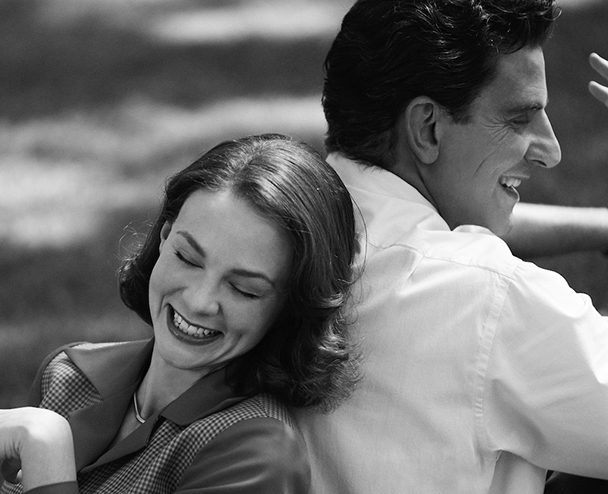Staged in perfectly manicured bucolic idylls, and perceived as the preserve of only a genteel aristocratic elite, polo is one of the most technically nuanced, strategically complex and aesthetically dynamic sports in the world
The sport of kings dates to nomadic warriors in classical antiquity more than 2½ millennia ago. Used for training cavalry, the game was played from Constantinople to Japan in the Middle Ages. The polo grounds of Tamerlane, a Turko-Mongol ruler of the Balas lineage who conquered vast parts of Asia and founded the Timurid dynasty in the fourteenth century, can still be seen in Samarkand in Uzbekistan. The first recorded polo tournament was in 600 BC when the Turkomans beat the Persians in a public match. The Persians and the Mogul conquerors spread the game across the eastern world where it fast became the port of choice of the ruling elite.
Modern roots of polo date back to the mid-19th century. An Irishman, Captain John Watson, of the British Cavalry 13th Hussars created the first set of written rules for playing polo. The first club was established in the town of Silchar in Assam, India in 1834. Forty years later, in 1874, the Hurlingham rules were created and marks the moment when the modern sport became standardized and codified. It was also featured at the Olympic games from 1900 through 1936.
The game of polo is remarkably straight forward. Two teams, each team consisting of 4 players and their mounts, attempt to score goals by driving a small white ball into the opposing team’s goal using a long-handled mallet ranging in size from 48 to 54 inches (based on the height of the pony). The team with more goals at the end of the match is declared winner.
Polo is played in four to eight 7.5-minute periods called chukkers. Positions are fluid — players are expected to transition around the field, a 160-yard-wide by 300-yard-long area and fill in where needed. However, the most offensively minded player is typically positioned highest up in the stack and focused on scoring.
Polo boasts an unrivalled intensity. The sport requires considerable physiological strength, huge muscular and cardiovascular endurance. Core strength is key to power the strokes as a player leans over the side of their 16-hand high, 1,100-pound mount at top speed in a race for a loose ball against an opponent. Mental resilience is required to not pull out when players urge their mounts directly towards the same ball at speeds in excess of 30 miles per hour.
Polo uses a handicap system delineated in “goals” to rank players ranging from -2 up to 10. Teams are built to have matching handicaps. Most professionals are rated 4 goals and above. A player 7 goals or higher is among the top players of the world. This handicap system has the convenience of also allowing experienced polo players and teams to be matched against those just getting into the sport. See you on the field.











